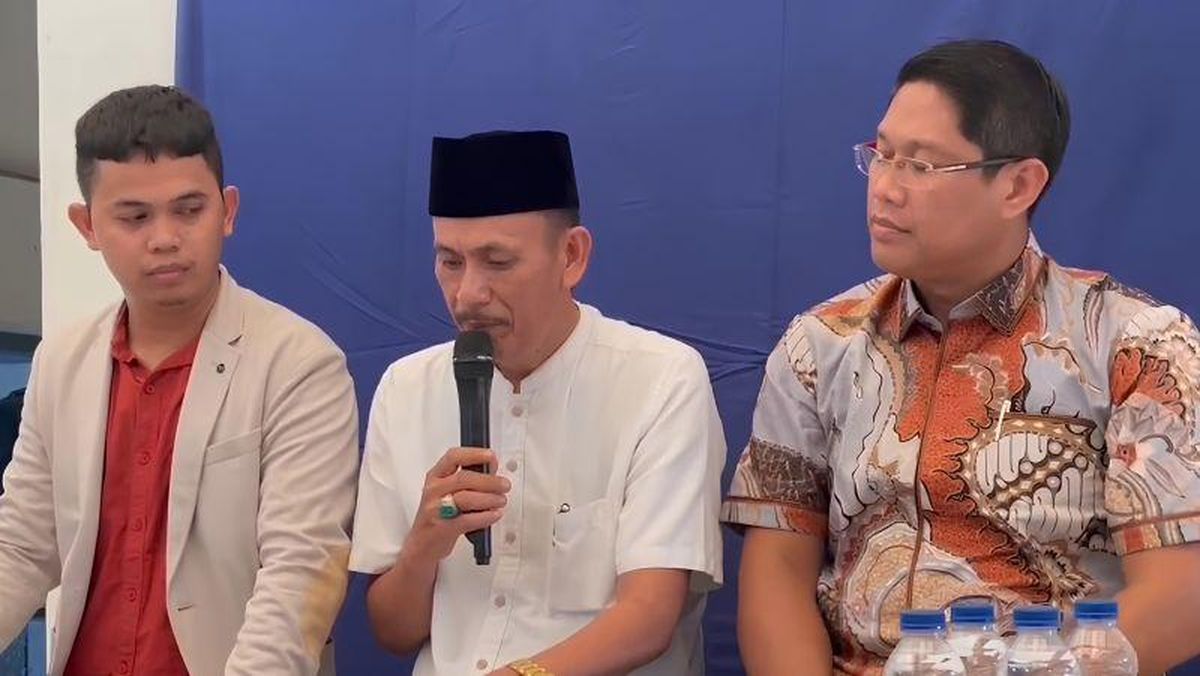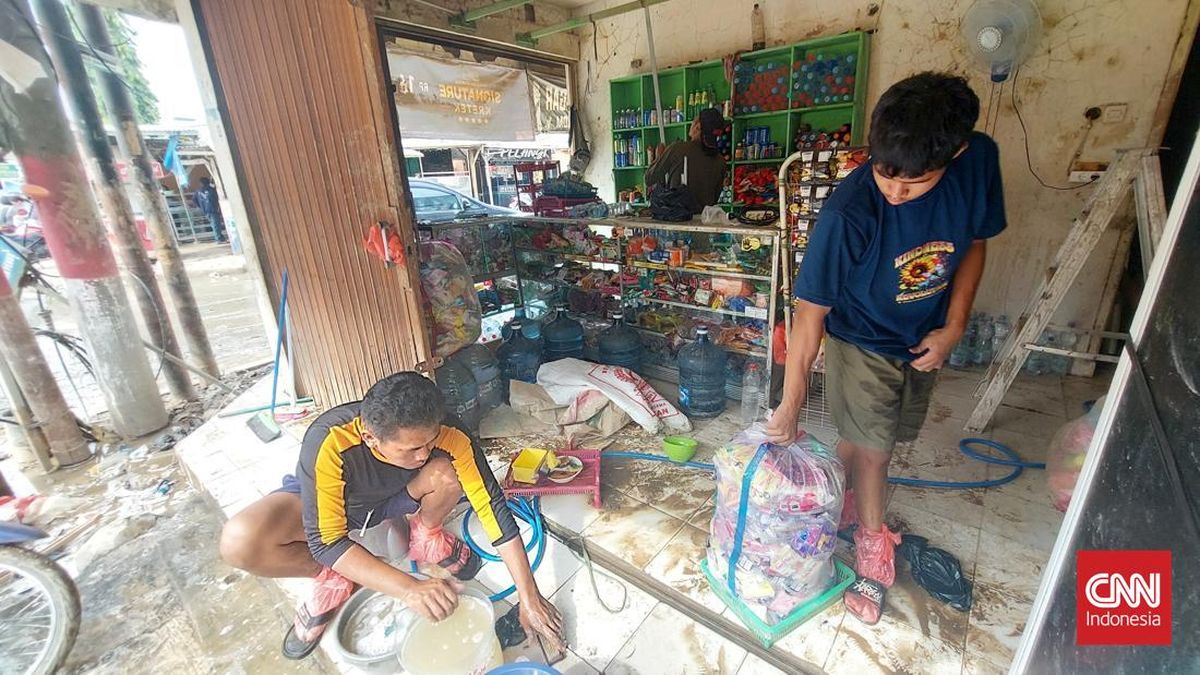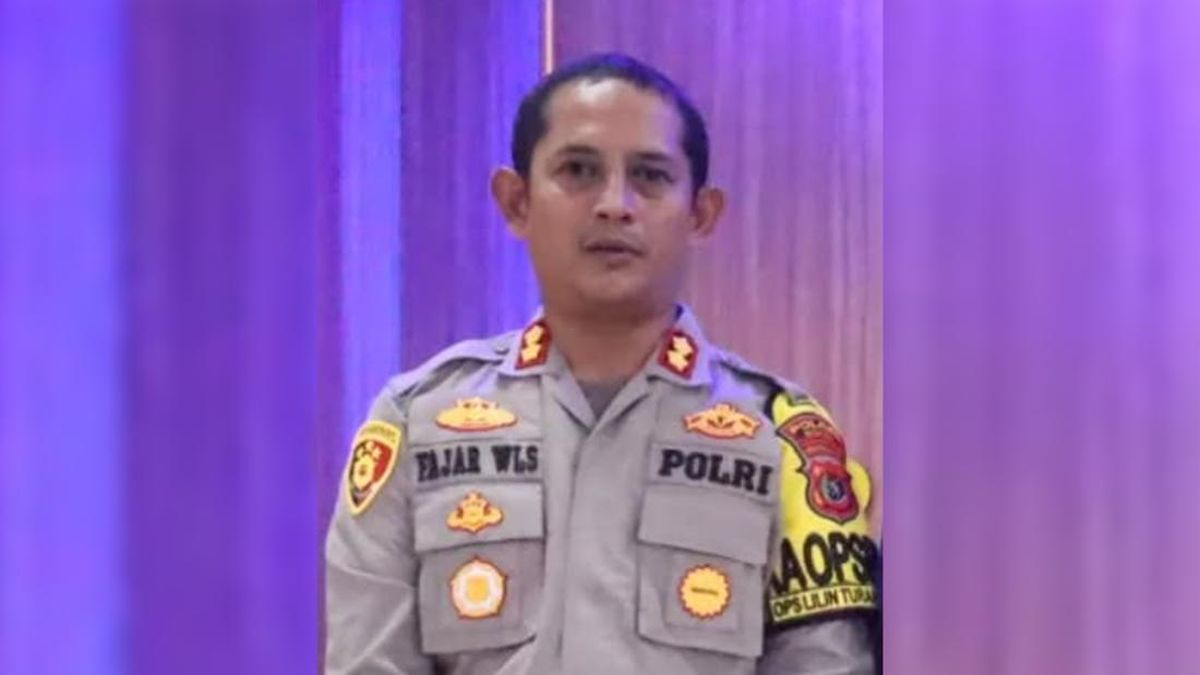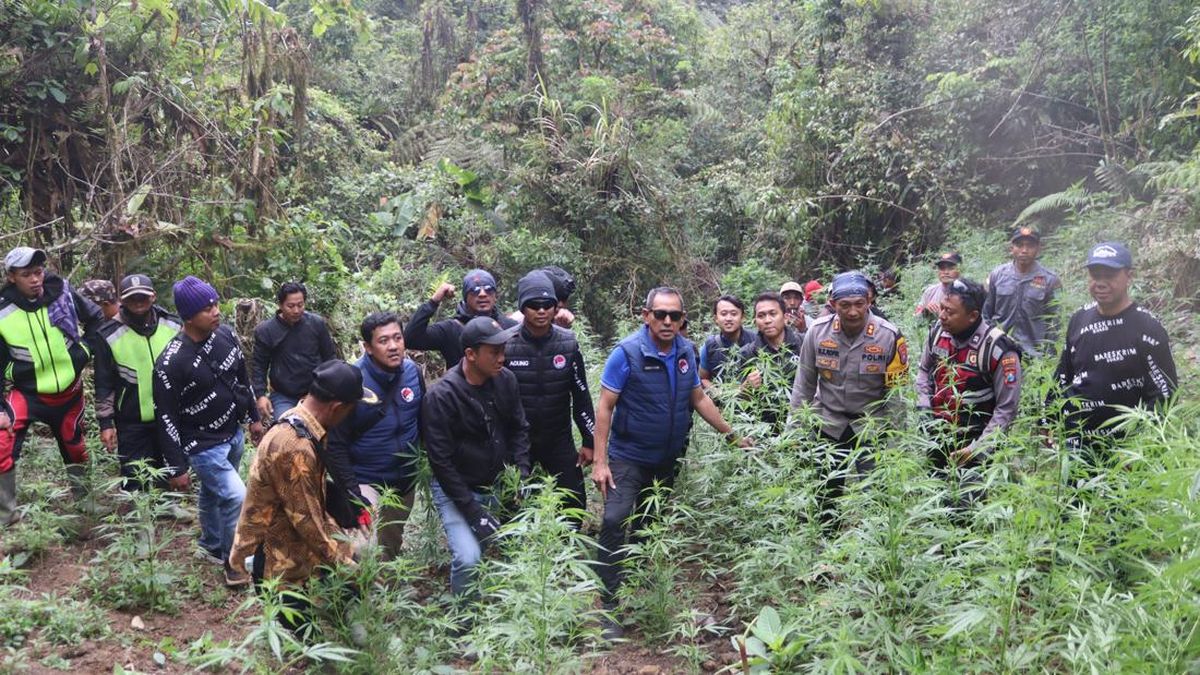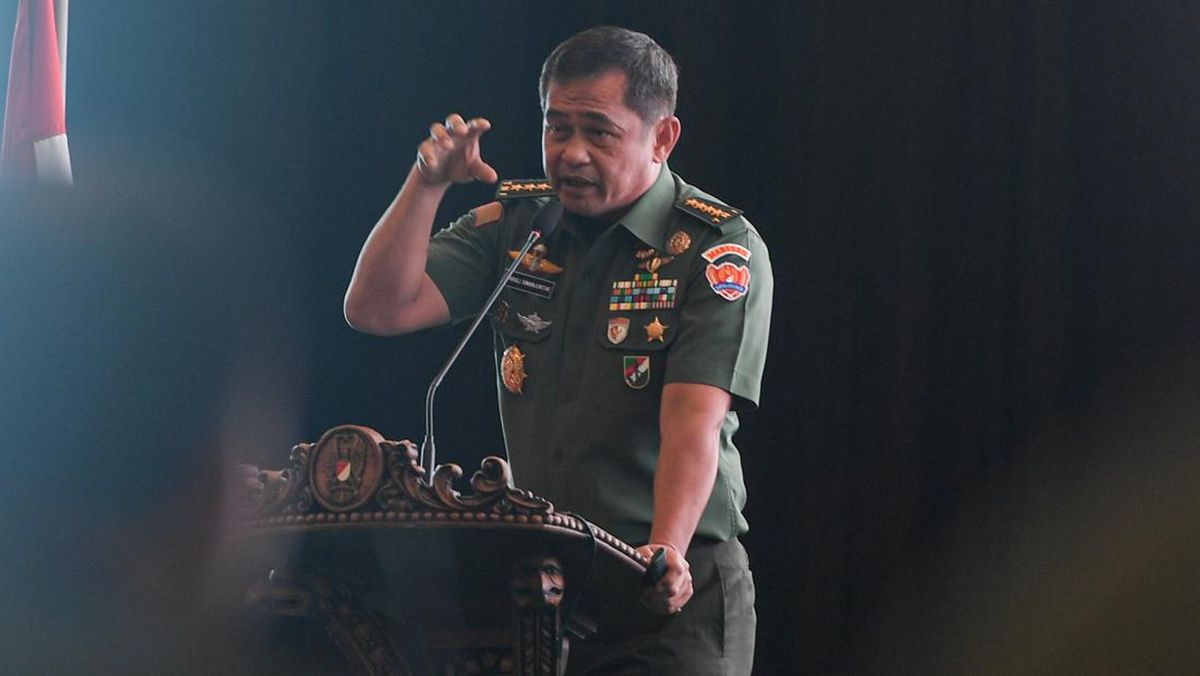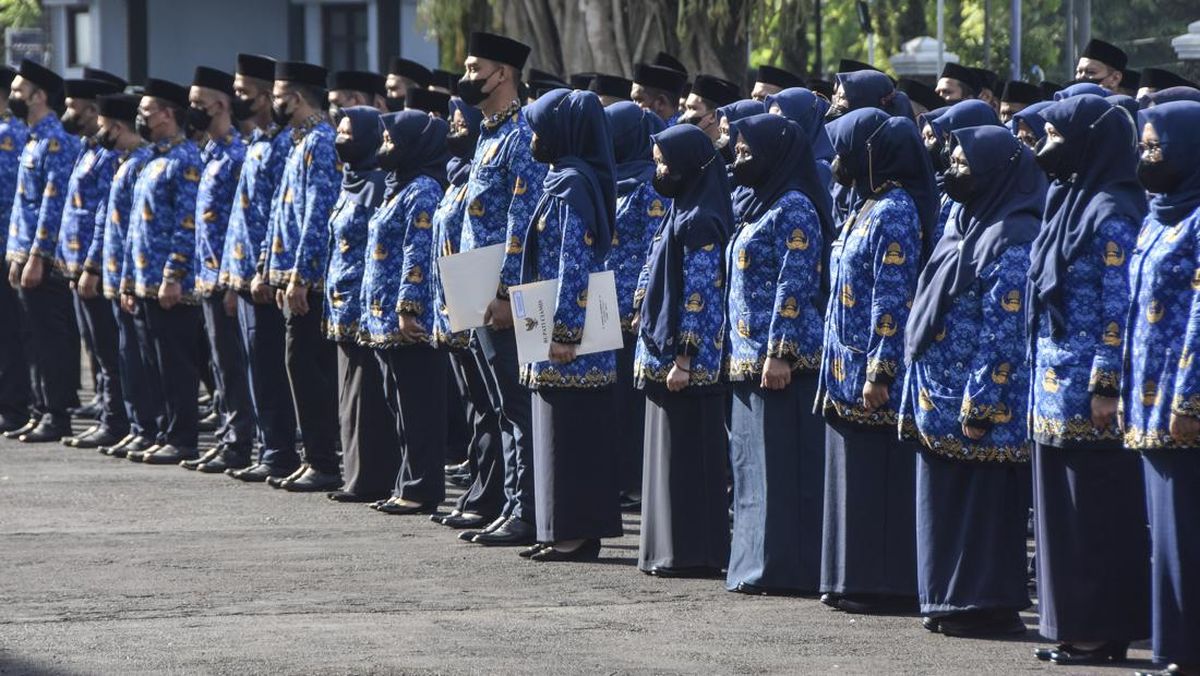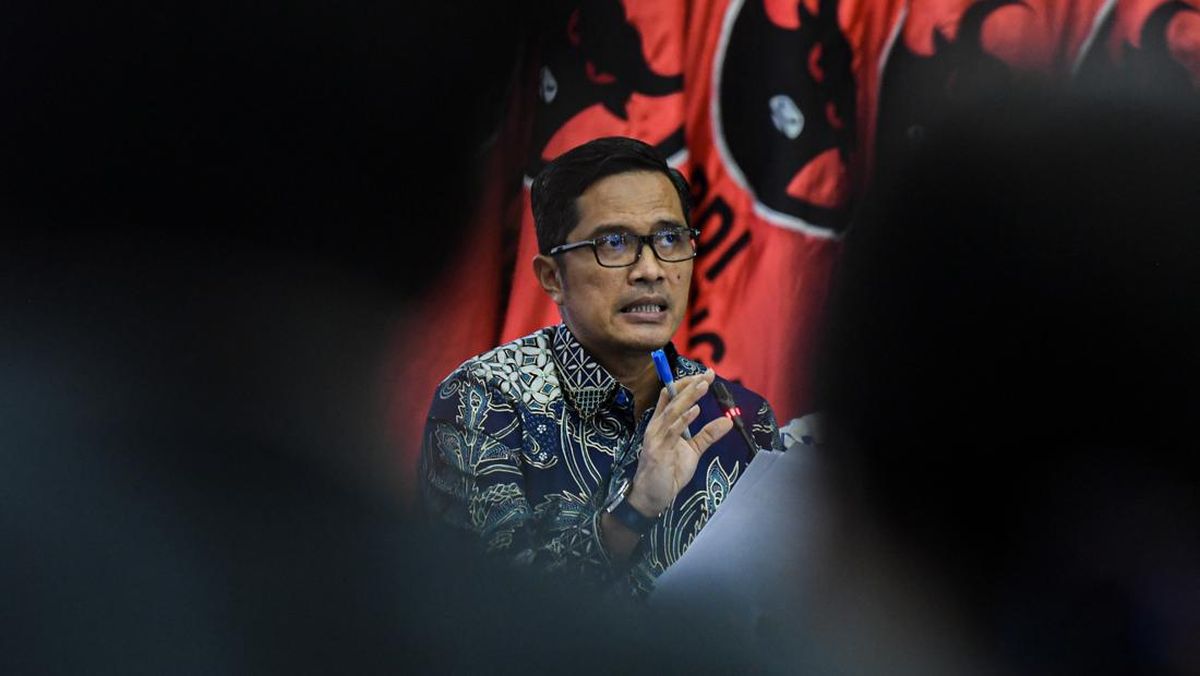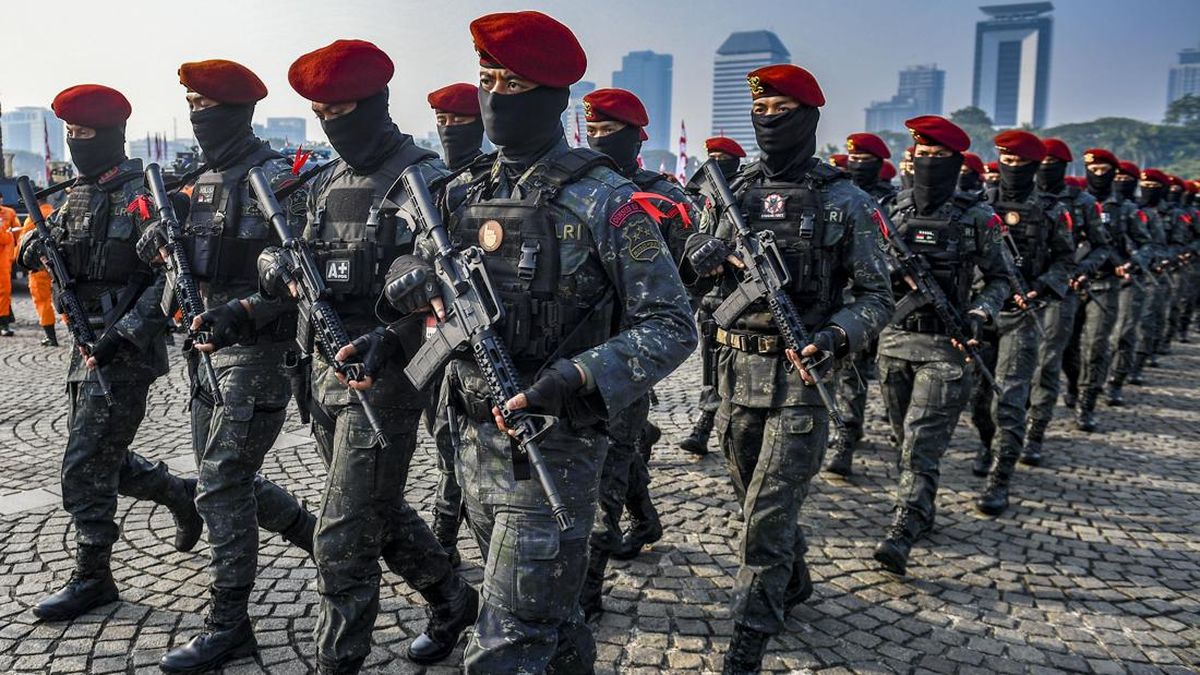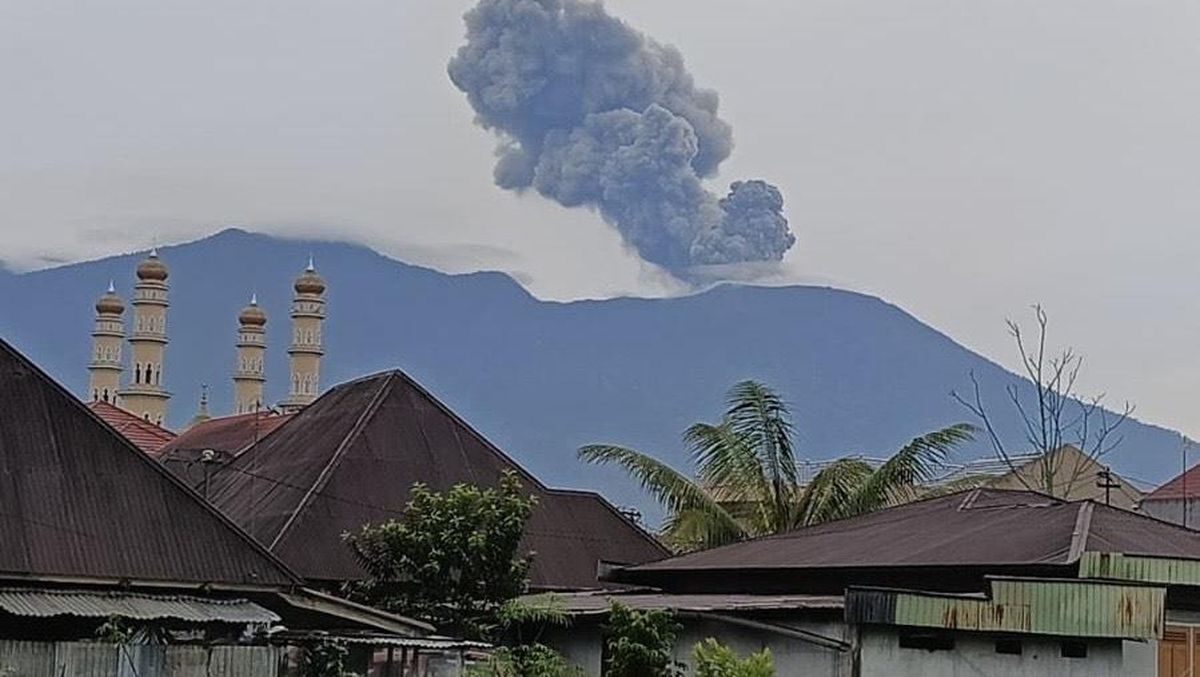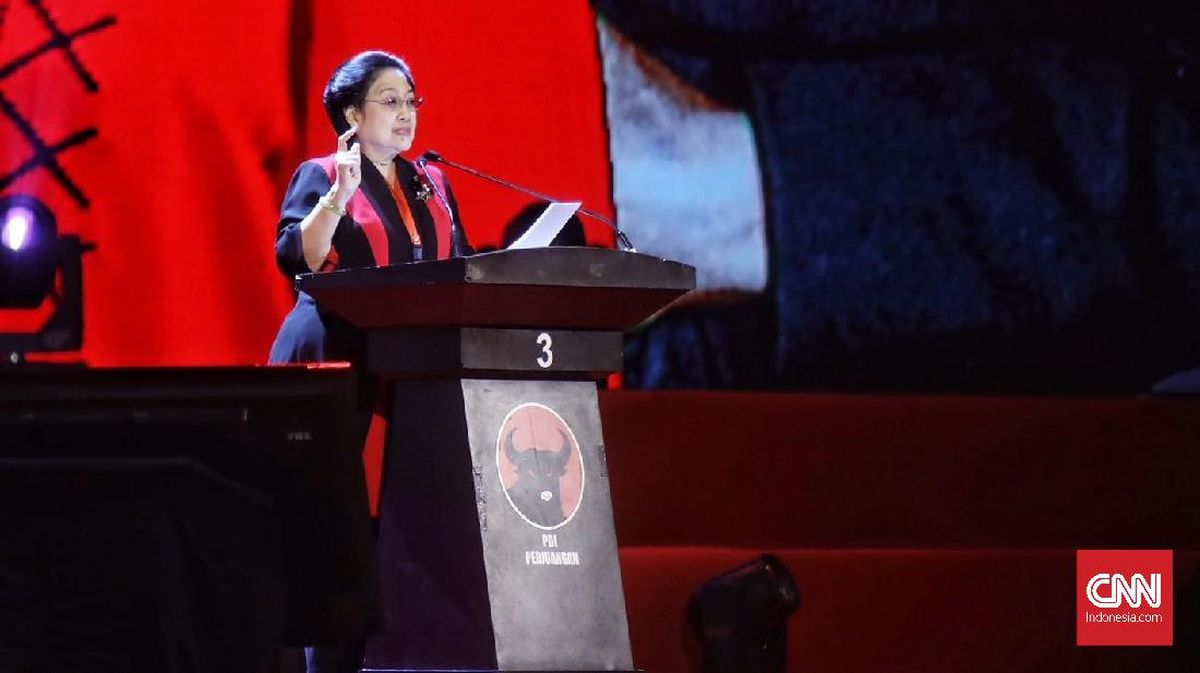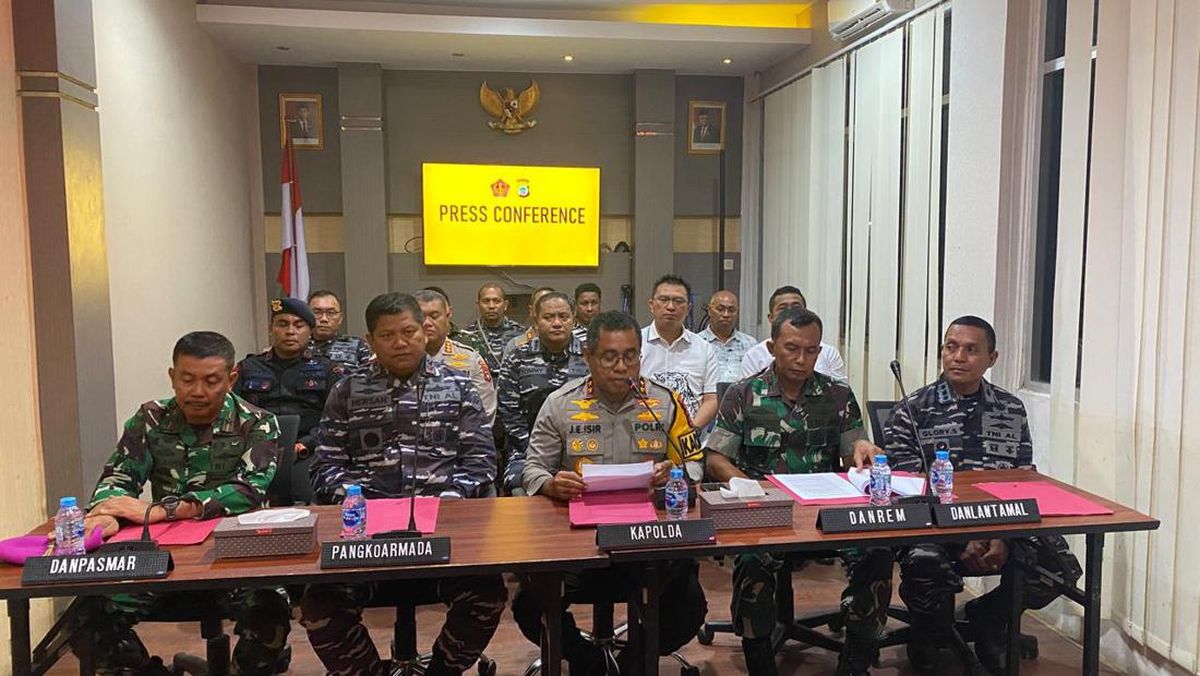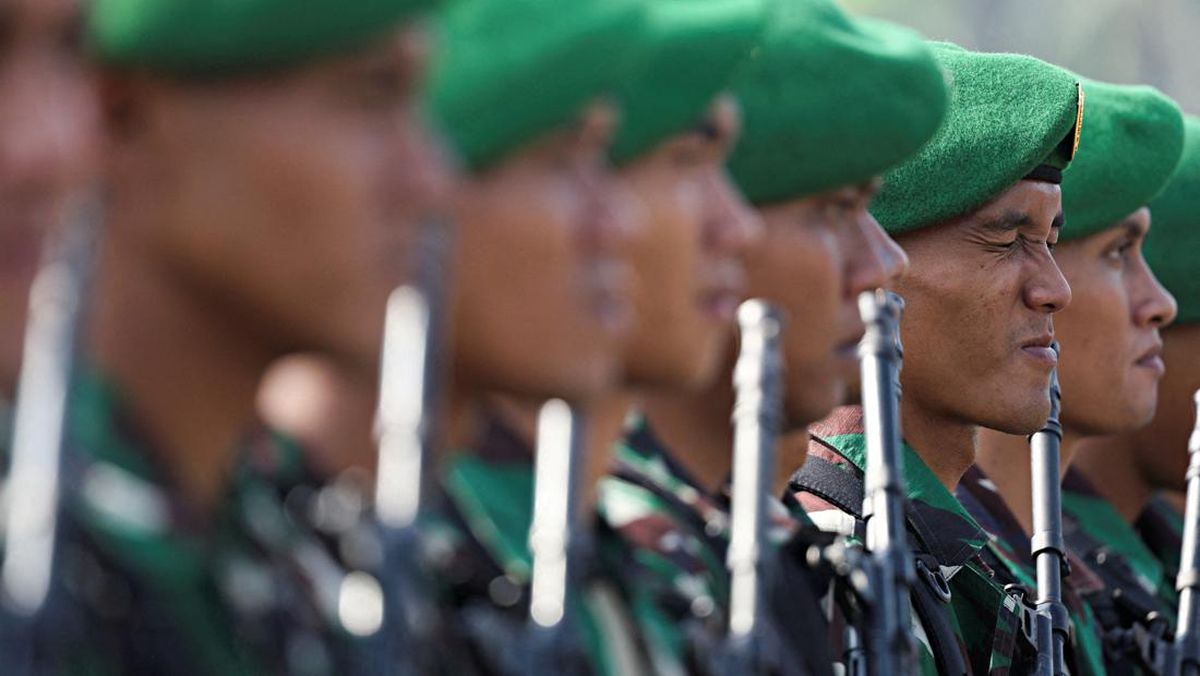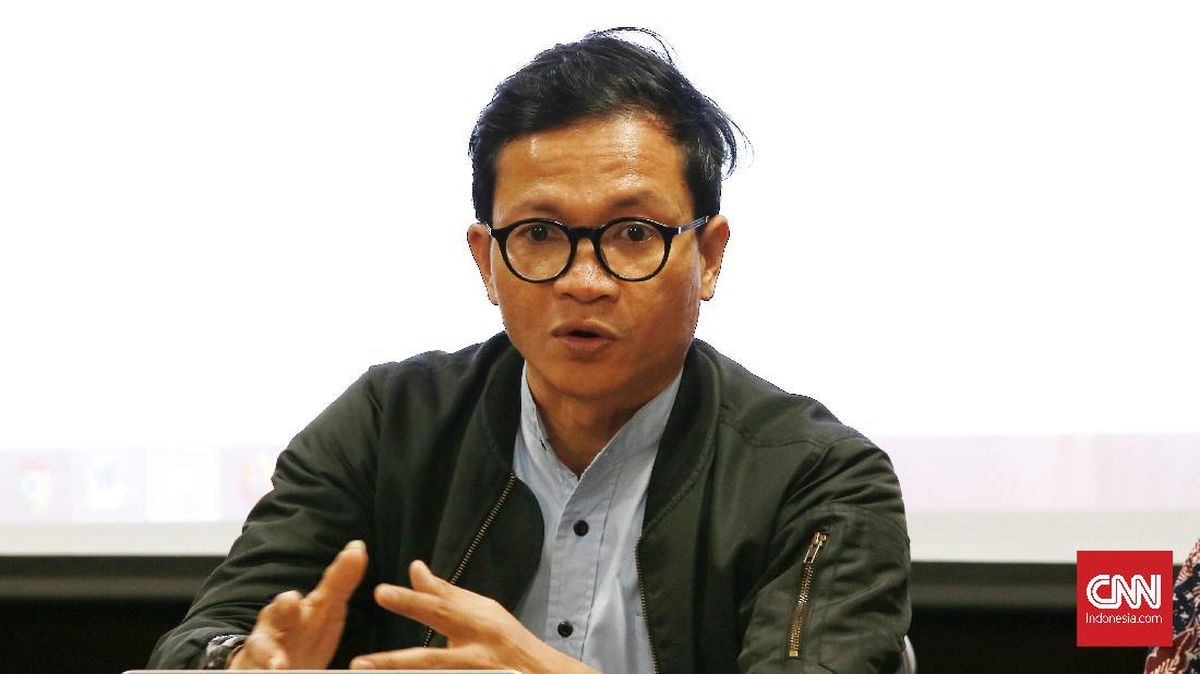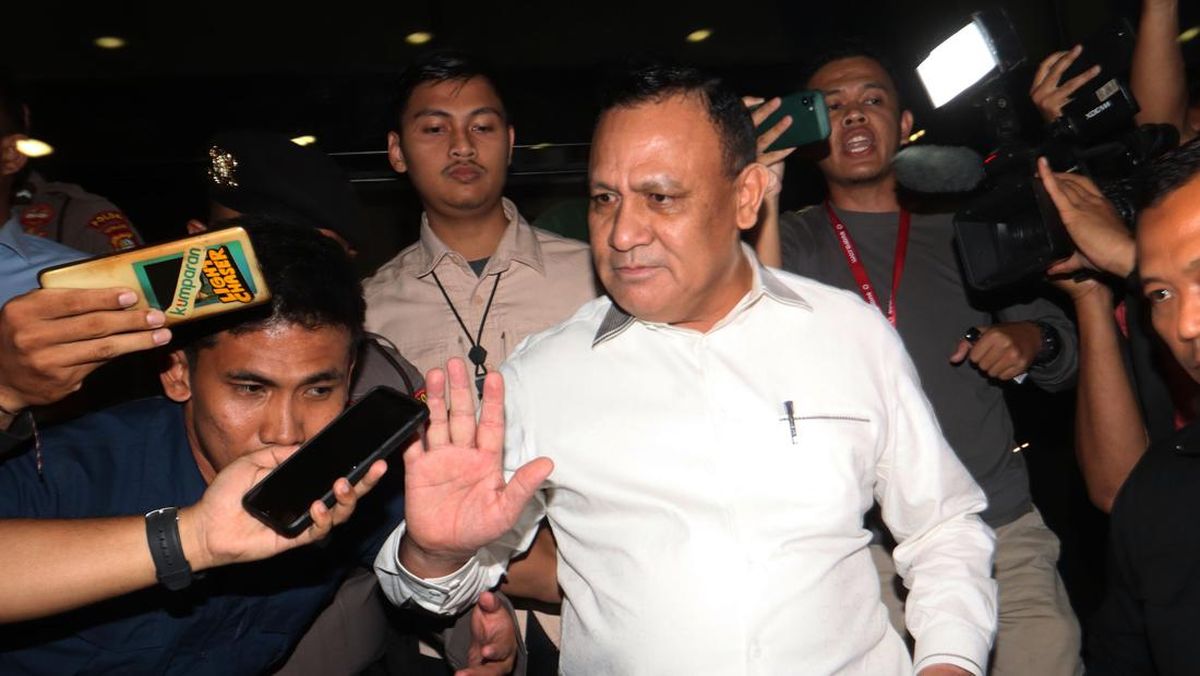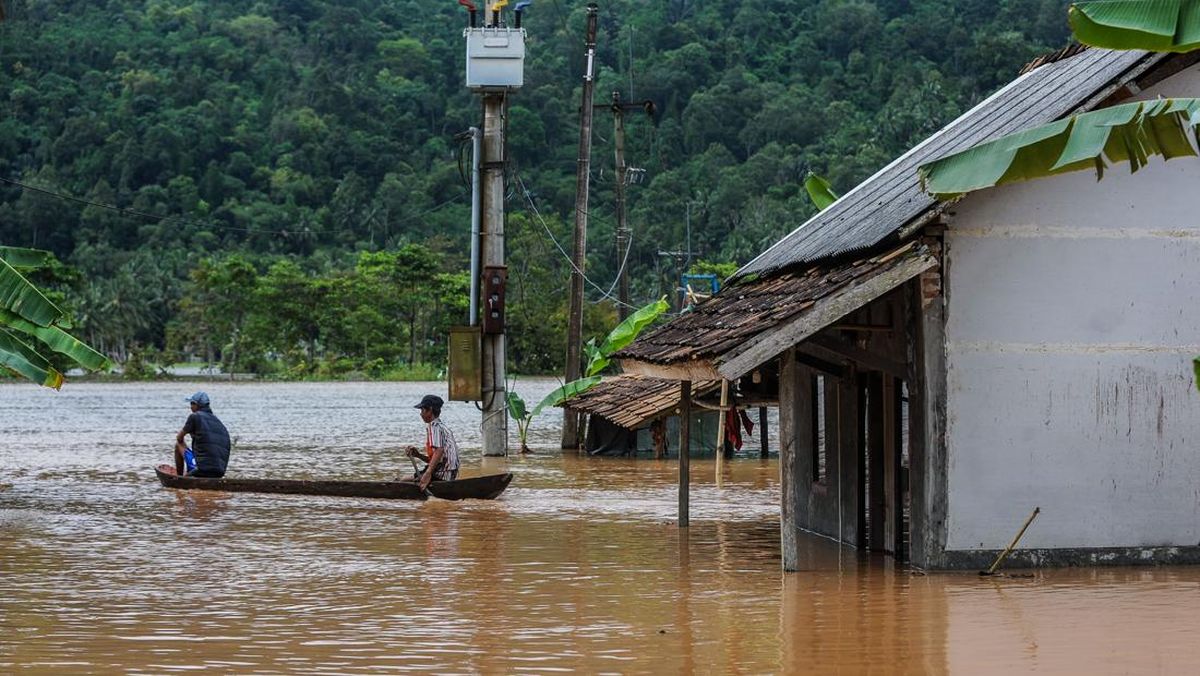The brutal attack targeting tourists in Kashmir, administered by India, has once again pushed India and Pakistan to the brink of conflict. Following the attack, both countries have downgraded diplomatic relations, halted trade, closed their main border crossings, and canceled visas for each other's citizens.
Pakistan has denied involvement in the attack that claimed the lives of 26 people, mostly Indian tourists, near the Himalayan resort town of Pahalgam. The attack was claimed by a previously unknown militant faction called the Kashmir Resistance. However, India insists that the attack was orchestrated with cross-border support from Pakistan, although Pakistan denies it, as reported by Time.
Relations between India and Pakistan have long been marked by conflict, diplomatic hostilities, and deep-seated distrust, especially over Kashmir. For decades, armed rebels in Kashmir have opposed Indian rule, with many Muslim Kashmiris advocating to join Pakistan or establish an independent state.
India accuses Pakistan of supporting these rebels, an accusation that Islamabad denies. This conflict has resulted in tens of thousands of deaths among civilians, militants, and government forces.
The Core of the Kashmir Dispute
Kashmir, located in the northwest part of the Indian subcontinent, covers an area of approximately 222,200 square kilometers. About four million people live in Pakistani-administered Kashmir, while around 13 million people reside in the Indian-administered Jammu and Kashmir. The population is predominantly Muslim.
Pakistan controls the northern and western regions, including Azad Kashmir, Gilgit, and Baltistan. India administers the southern and southeastern regions, such as the Kashmir Valley, its largest city Srinagar, Jammu, and Ladakh.
According to Al Jazeera, the roots of this conflict date back to the partition of British India in 1947, which resulted in the creation of a predominantly Muslim Pakistan and a predominantly Hindu India. States like Jammu and Kashmir were given the choice to join either country. Given its predominantly Muslim population, many expected Kashmir to join Pakistan. However, the Hindu ruler of Kashmir, Maharaja Hari Singh, initially sought independence.
First India-Pakistan War
Shortly after the partition, pro-Pakistan rebels revolted against the rule of Hari Singh, and armed groups from Pakistan invaded Kashmir. Faced with this threat, Singh sought military assistance from India. India agreed to intervene on the condition that Kashmir formally join India. In October 1947, Jammu and Kashmir formally joined India, triggering the first India-Pakistan war in the region.
India accused Pakistan of aggression, a charge that Pakistan denied, and the dispute was taken to the UN. The UN issued a resolution calling for a plebiscite to determine the fate of Kashmir, but this plebiscite never took place, leaving Kashmiris frustrated and the conflict unresolved.
The war ended in 1949 with a ceasefire line, later formalized as the LoC in the 1972 Simla Agreement.
Shifting Political Landscape
Over the next few decades, the political dynamics of Kashmir evolved. Sheikh Abdullah, a prominent Kashmiri leader, initially sought independence but later aligned with India. However, his push for autonomy led to his arrest, and in 1956, Jammu and Kashmir was declared an integral part of India.
The conflict flared up again in 1965 with another war between India and Pakistan, which ended in a UN-monitored ceasefire.
China's Role in Kashmir
China holds the Aksai Chin region in the northeastern part of Kashmir, a sparsely populated high-altitude region. Historically part of the territory ruled by the Maharaja of Kashmir, the area became a point of contention after China constructed a strategic highway through it in the 1950s. India, caught off guard, claimed Aksai Chin as its own, but China rejected this, leading to further territorial disputes.
In the early 1960s, Pakistan and China resolved their border differences, with Pakistan ceding some northern Kashmir territories to China - a move deemed illegal by India.
Subsequent Wars and Agreements
The 1971 war, triggered by the liberation movement in Bangladesh, resulted in Pakistan's defeat and the formation of Bangladesh. The Simla Agreement subsequently transformed the ceasefire line into the LoC, but the status of Kashmir remained unresolved.
In 1975, Sheikh Abdullah signed an agreement with Indian Prime Minister Indira Gandhi, acknowledging Kashmir's accession to India and granting it semi-autonomous status under Article 370.
Separatism and Fresh Violence
The 1980s saw growing discontent among the people of Kashmir due to unmet socioeconomic needs and political manipulation. Separatist groups emerged, and allegations surfaced of Pakistan's military intelligence supporting armed rebels. Pakistan maintained that they only provided moral and diplomatic support.
The Kargil conflict in 1999 marked another phase of violence. Indian forces regained control of strategic areas along the LoC.
Recent Developments and Disputes
Tensions escalated especially after the killing of Burhan Wani, a popular separatist leader in 2016, triggering widespread unrest and increased militant activity. Attacks on Indian forces, attributed to Pakistan-backed groups, intensified.
The most serious escalation occurred in 2019 with the Pulwama attack, which killed 40 Indian paramilitary personnel. Later that year, India revoked Kashmir's special autonomous status under Article 370, leading to mass protests, a significant military presence, and widespread communication blackout.
India continues to accuse Pakistan of stoking violence in Kashmir and its vicinity, citing attacks such as the 2008 Mumbai attacks. Meanwhile, Pakistan continues to refute these claims, attributing the turmoil to local grievances and accusing India of oppressive governance.
Editor's Choice: India Launches Missile Strikes on Pakistan, Three Killed and Dozens Injured
Click here to get the latest news updates from Tempo on Google News



























